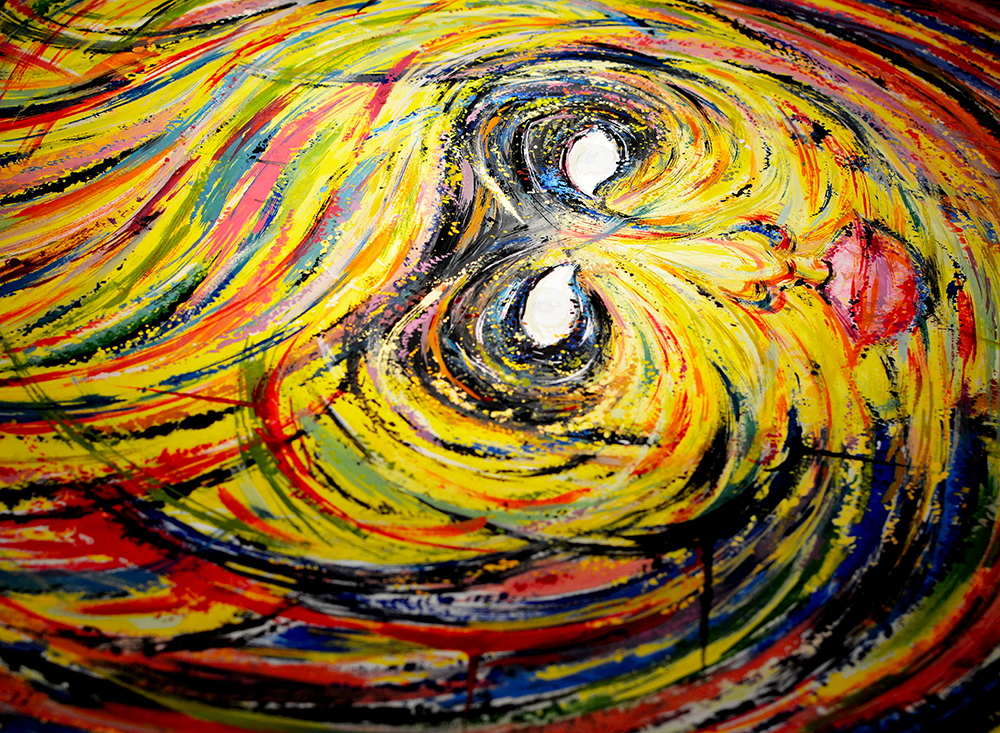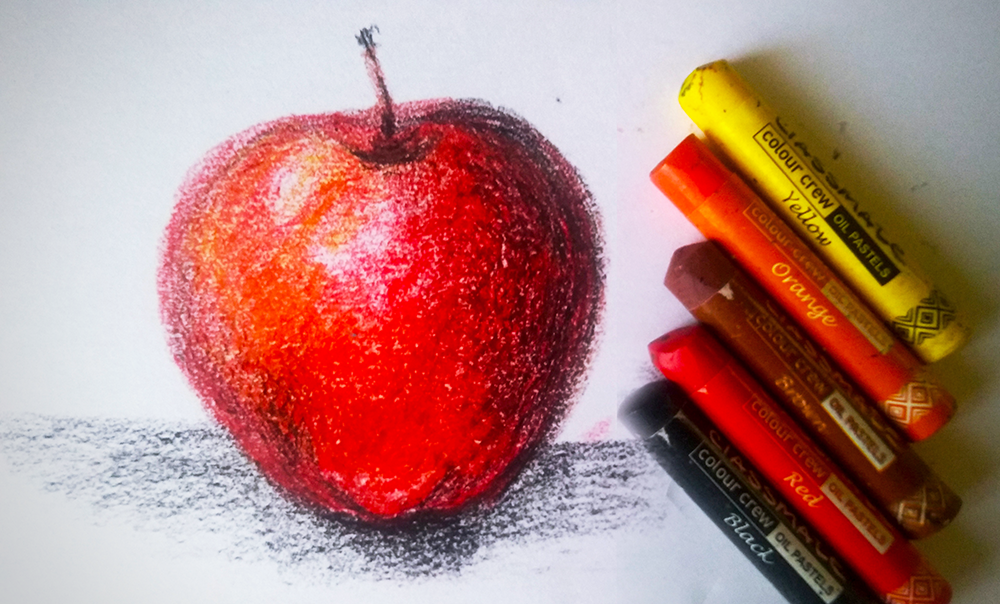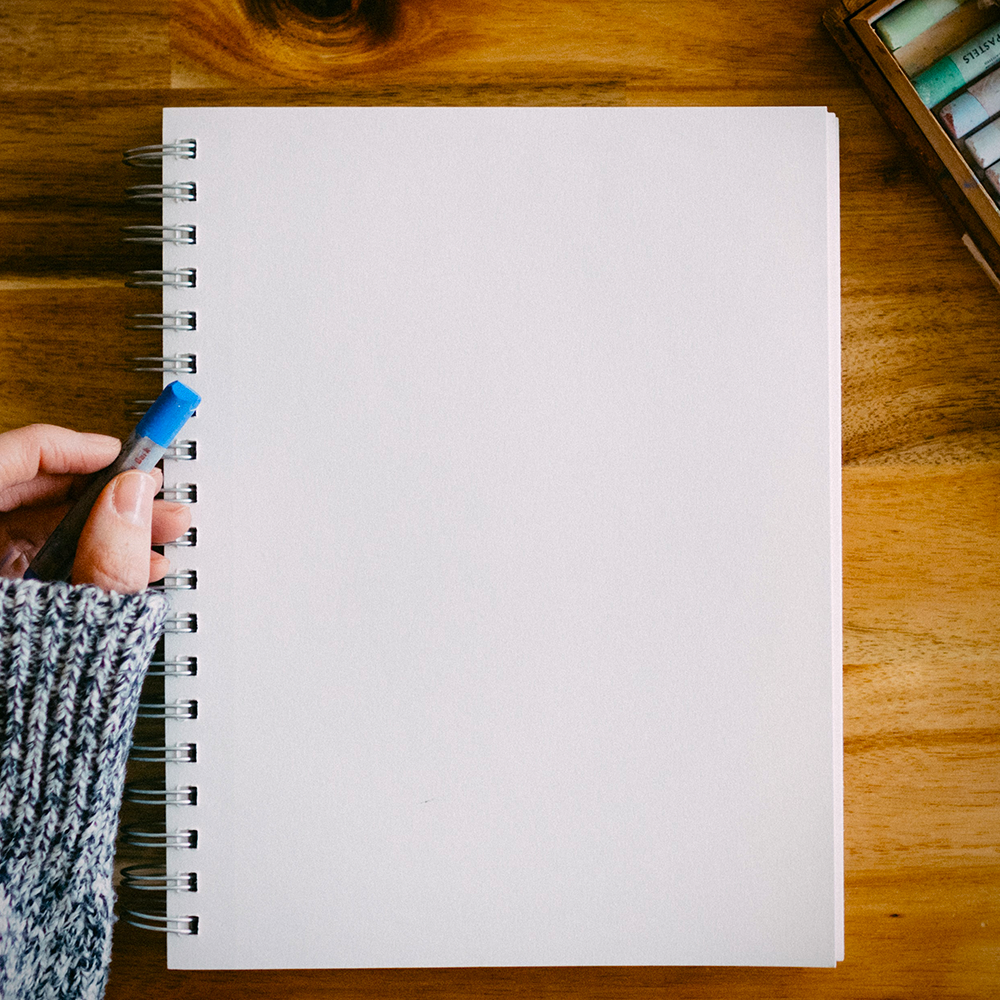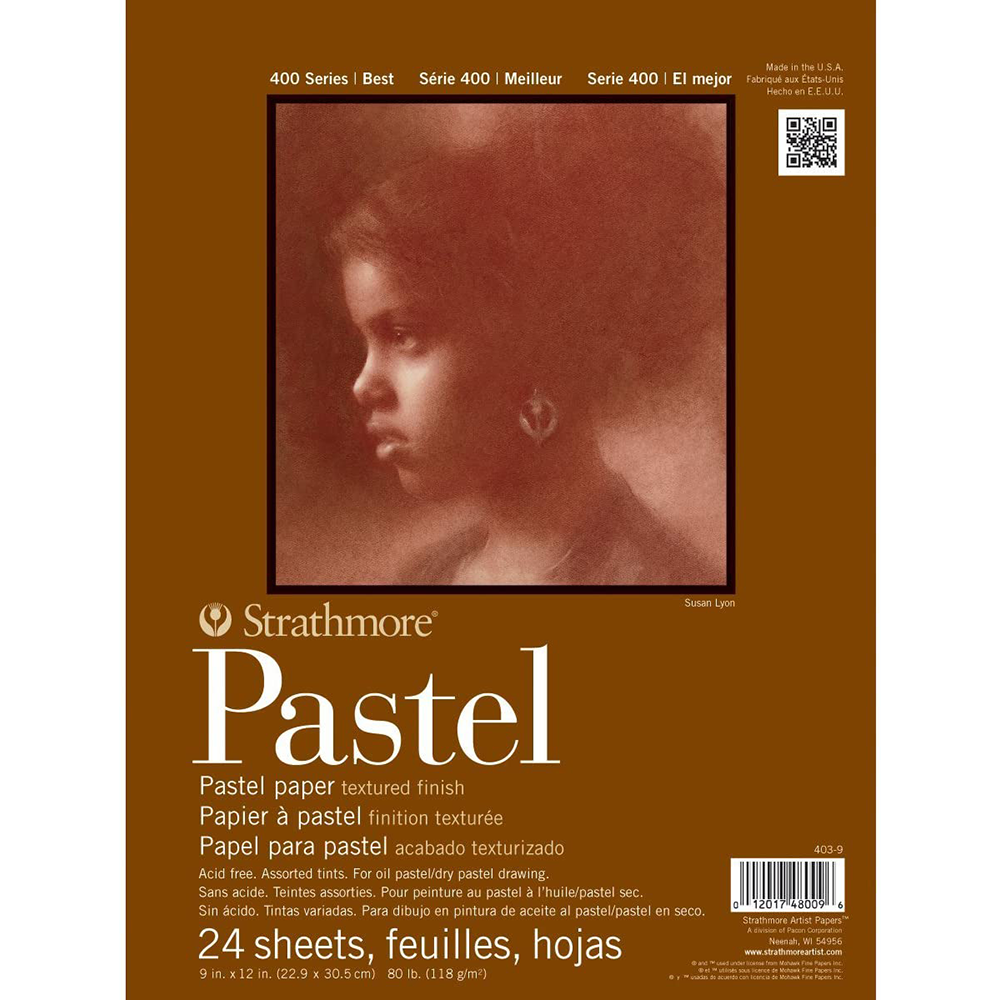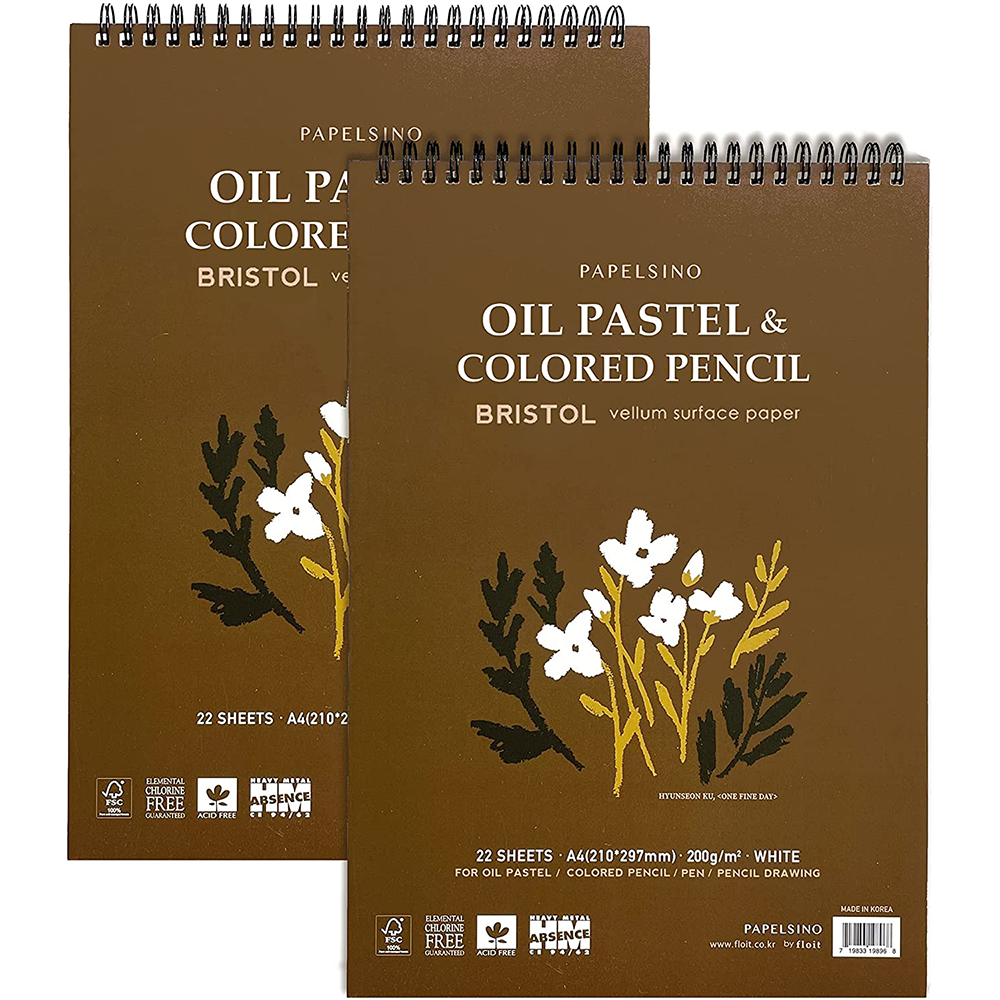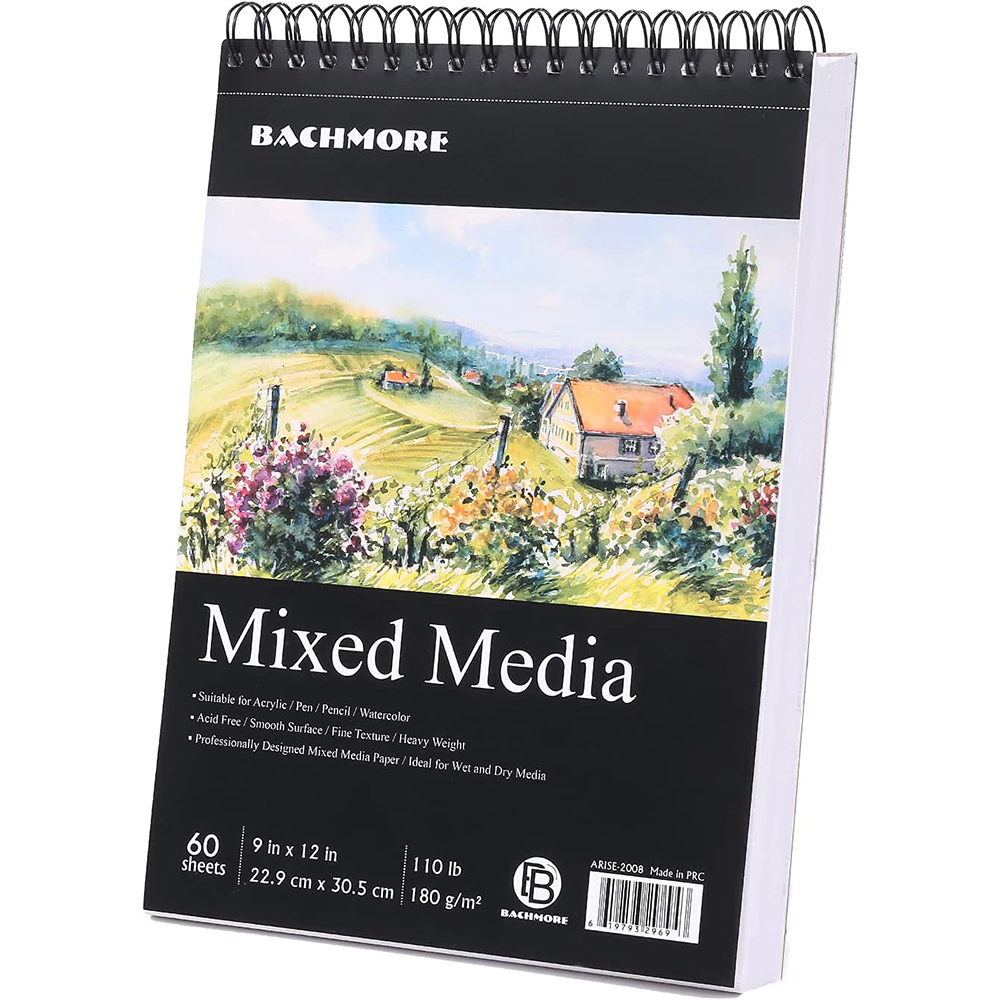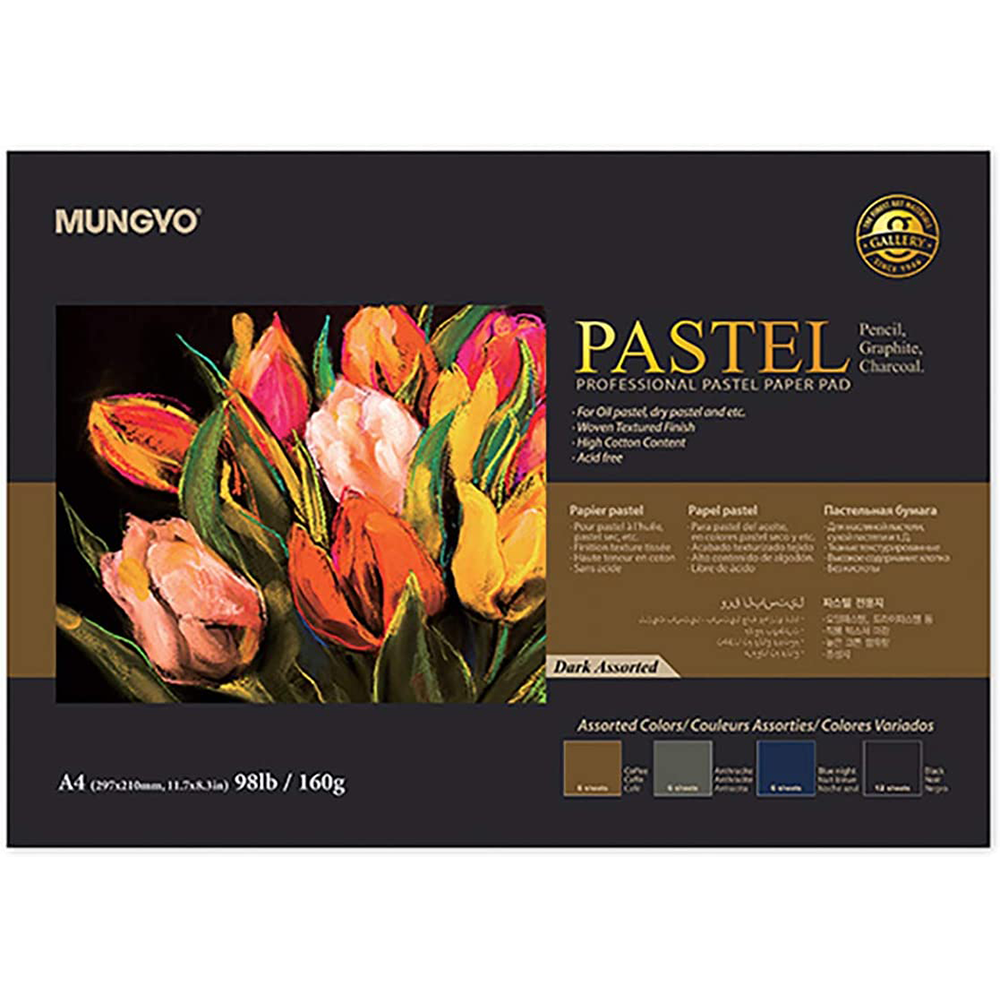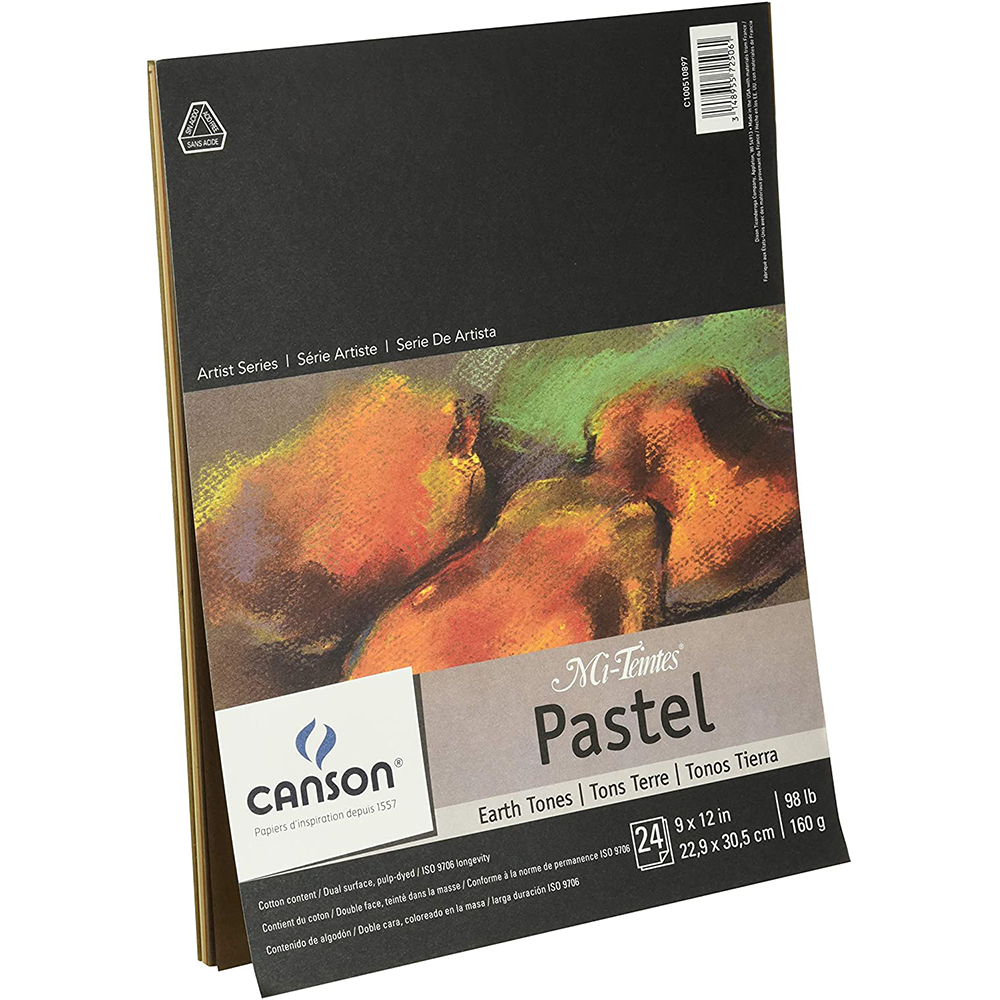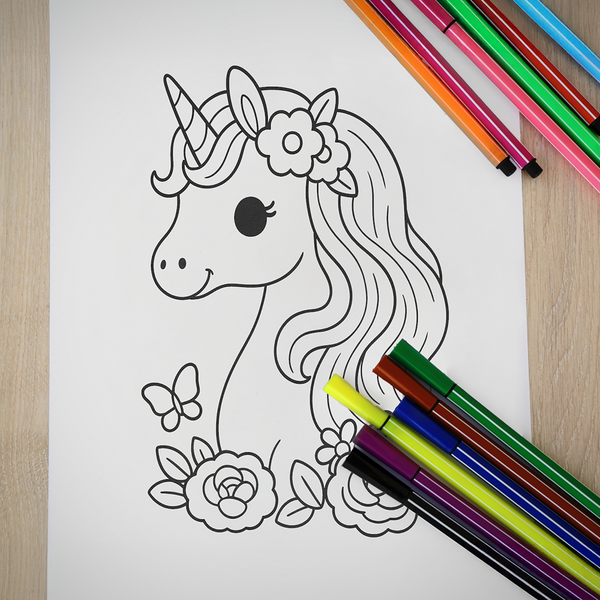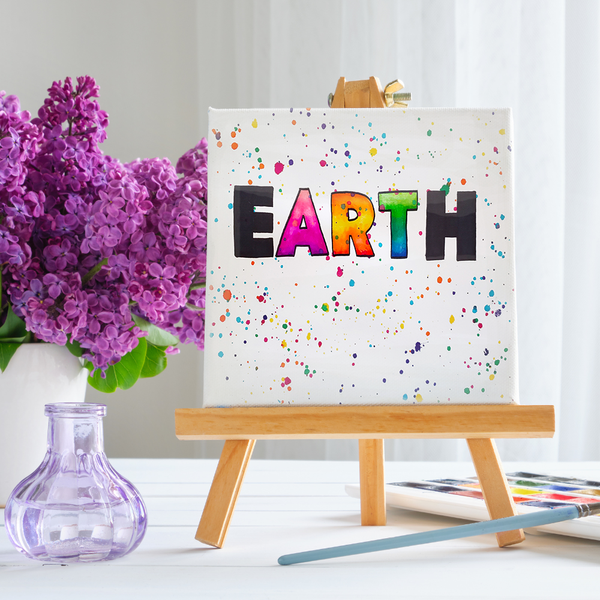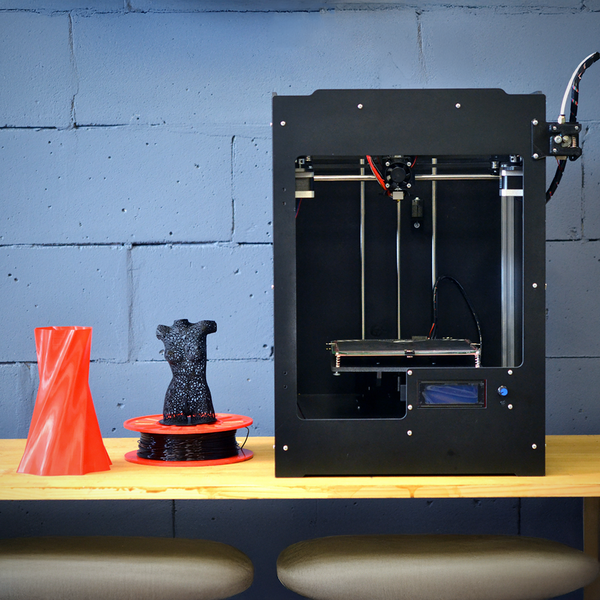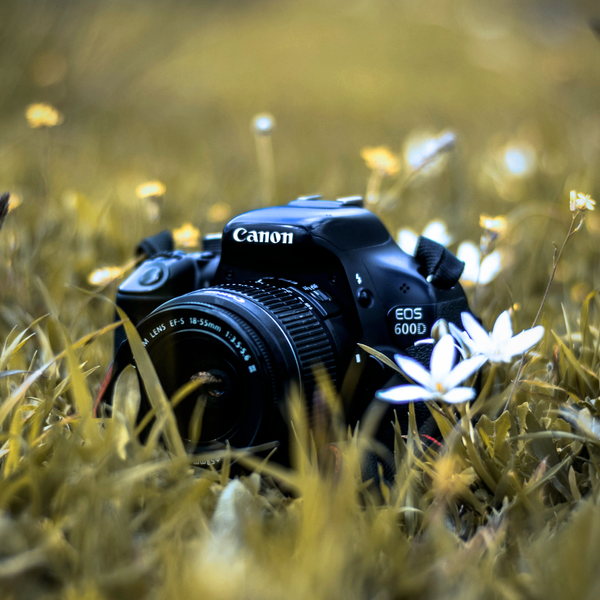Interested in using oil pastels to create beautiful artwork?
Oil pastels are a fun, easy way to create beautiful artwork, but if you use the wrong paper, your artwork quality can suffer.
If you're looking for the best paper to use with oil pastels, you've come to the right place!
In this article, we'll look at the different paper for oil pastels that are available, and we'll help you choose the perfect one for your needs and add to your arsenal art supplies.
Whether you're a beginner or an experienced artist, these papers will help you create stunning masterpieces that will impress everyone that sees them!
With the right paper, your oil pastel artwork can look amazing!
We highly recommend giving these papers a try; you won't be disappointed.
Keep reading to find the perfect paper for your next oil pastel project!

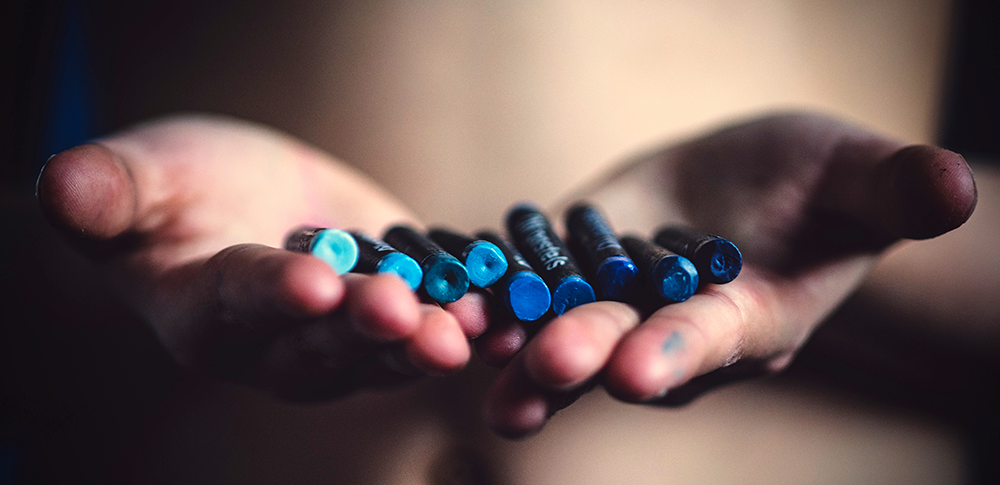
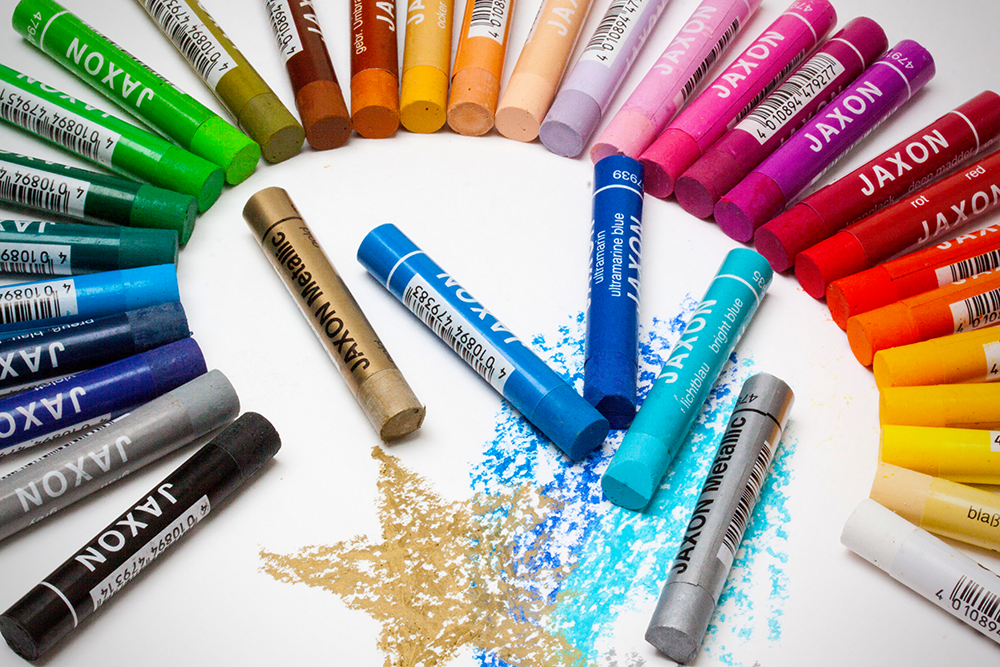
How We Choose Our Selections
It can be hard to find the right paper that will make your artwork look great.
Not all papers are created equal.
There's a wide variety of art paper available today with different tones, textures, paperweights, sizes, and types.
You could have the perfect paper for other media, but when you try using oil pastels, the results just aren't the same.
We’ve read through thousands of Amazon reviews to find the best oil pastel papers for artists of all skill levels.
Whether you’re just starting out or you’re a seasoned pro, we’ve got you covered.
Take your oil pastel art to the next level by starting with quality paper.
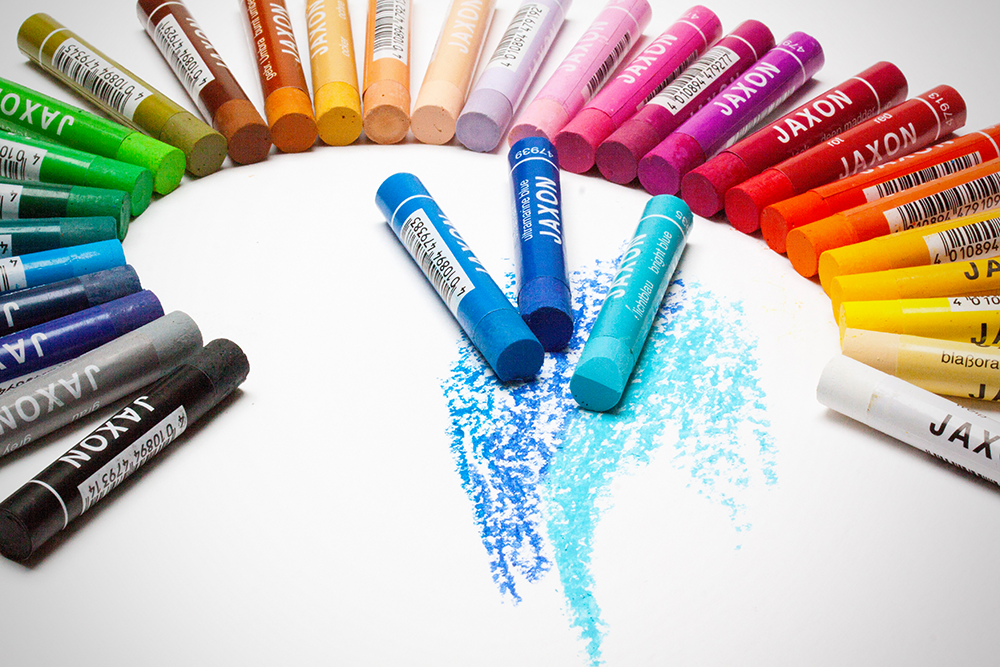
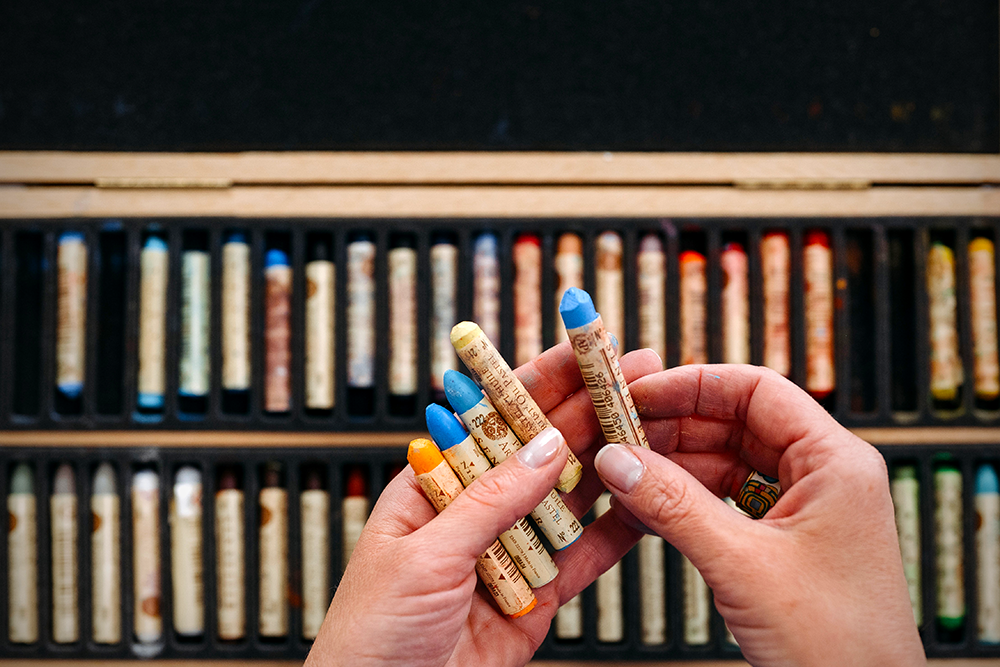
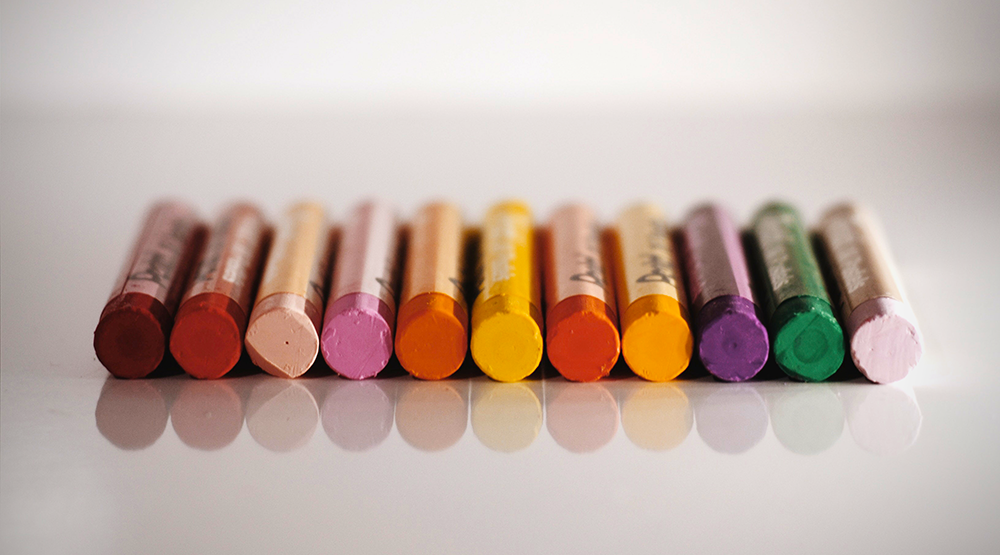
Why We Love It
Want a great paper for all your oil pastel work?
Look no further than Strathmore 400 Series pastel paper!
This 9x12 inch pad contains 24 sheets of 80lb-weight, acid-free paper in assorted tints.
The heavy chipboard backing provides stability and durability, while the textured finish helps with blending and grabbing pigment, making it ideal for oil pastels.
If you're looking for a high-quality pastel paper pad, be sure to check out Strathmore 400 Series!
What You Should Know
Whether you're a beginner or a master oil pastel artist, Strathmore's pastel paper pad is the perfect choice for your next project.
Strathmore is well-known for its premium paper for artists, providing fine art paper for over a century, and this pastel paper comes in other additional sizes.
This high-quality oil pastel paper is made in the USA and is perfect for creating beautiful oil pastel masterpieces.
The textured surface provides the perfect amount of tooth for pastels, allowing you to achieve stunning effects.
With its unbeatable quality and reputation, Strathmore's pastel paper pad is the perfect choice for any artist looking to create exceptional pastel artwork.
Why We Love It
Searching for a versatile sketchbook that can handle dry media like a champ?
Look no further than the Papelsino oil pastel paper pad!
This double pack of 11.7x8.27-inch sketchbooks contains 22 pages each, making it ideal for oil pastel artists of all levels.
The vellum surface paper will help your artwork always look its best and works great for dry media like oil pastels and colored pencils.
The Papelsino pastel paper sketchbook is sure to become your new go-to!
What You Should Know
Art is a pastime that many people enjoy, but it can be difficult to find the right art supplies.
That's why Papelsino pastel paper sketchbooks are such a great option for anyone who loves to draw with oil pastels.
The heavyweight paper is smooth and allows oil pastels to smoothly glide on the page and create beautiful blending effects.
Plus, the sketchbooks have a great tooth, which makes it easy to add fine details.
With so many impressive features, it's no wonder these sketchbooks are an Amazon's Choice product.
Whether you're a beginner or a seasoned artist, Papelsino pastel paper sketchbooks are a great option for anyone who wants to create beautiful works of art.
Why We Love It
If you want a versatile drawing pad, look no further than Bachmore’s mixed media spiral-bound sketchbook!
This user-friendly sketchbook comes with 60 sheets of 9x12-inch smooth paper, making it perfect for artists of all ages.
The acid-free, thick pages are ideal for wet and dry mediums, from watercolors and paint to ink, oil pastels, charcoal, and graphite.
Plus, the top spiral binding keeps your work secure while you sketch, paint, or doodle to your heart’s content.
What You Should Know
Bachmore's hardbound sketchbook is a great high-quality option.
The thick, 110lb paper is perfect for both practice and finalized art projects.
Since it's an Amazon's Choice product, you know that you're getting quality.
The pastel paper is perfect for beginners, students, professionals, and everyone in-between.
If you're looking for a sketchbook that will last, Bachmore's is a great choice.
Why wait?
Get creative with Bachmore today!
Why We Love It
Introducing the Mungyo Professional Pastel Paper Pad--your perfect partner for dry and oil pastels!
This sublime pad features 30 sheets of dark-toned paper in four stunning colors: coffee, blue, anthracite, and black.
The page size is 11.7x8.27 inches, and the paper itself is specially textured to hold pastels beautifully, giving you the perfect results every time.
Let your creativity flow and produce masterpieces that will dazzle your friends and family!
What You Should Know
Mungyo's pastel paper is some of the best you can find.
The paper is acid-free, features a woven texture finish, and has a 25% cotton content.
Mungyo also offers professional pastel paper pads in soft assorted colors or plain white.
This oil pastel pad works great with Mungyo oil pastels sets.
Whether you're a beginner or a professional, Mungyo's pastel paper is a great option for your next project.
Why We Love It
Canson's Mi-Teintes pastel paper pad is perfect for artists who want to experiment with using pastels on colored paper.
This pad features 16 sheets of high-quality, acid-free, tinted paper that's been pulp-dyed for rich, earthy colors.
Each premium sheet has a unique honeycomb texture on one side and a fine grain finish on the other.
Whether you're a beginner or a seasoned pro, this paper pad is sure to inspire your creativity.
What You Should Know
Canson is widely recognized as the perfect paper-provider for pastels, drawing, and all artistic projects.
This paper has a 50% cotton content and is resistant to fading.
As a world leader of fine art paper, Canson’s Mi-Teintes pastel paper is great for oil pastels, charcoal, pencil, soft and hard pastel, as well as other dry media.
Canson’s Mi-Teintes paper can also be found in white, gray tones, assorted colors, or black paper.
Whether you’re a beginner or a seasoned artist, Canson’s pastel paper is the perfect choice for your next project.
Trust us, your pastels will thank you!
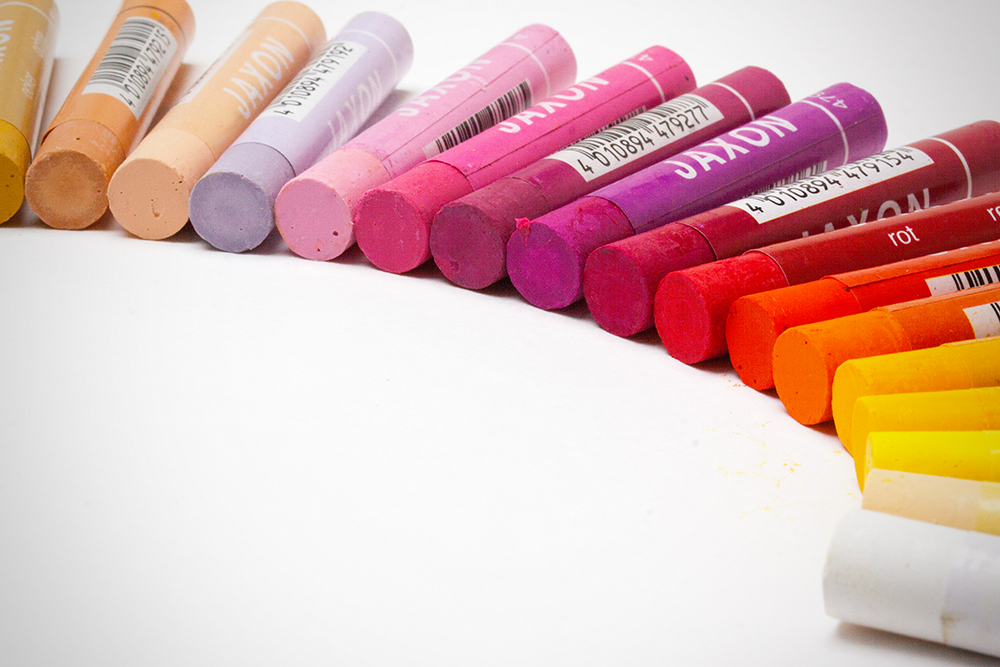
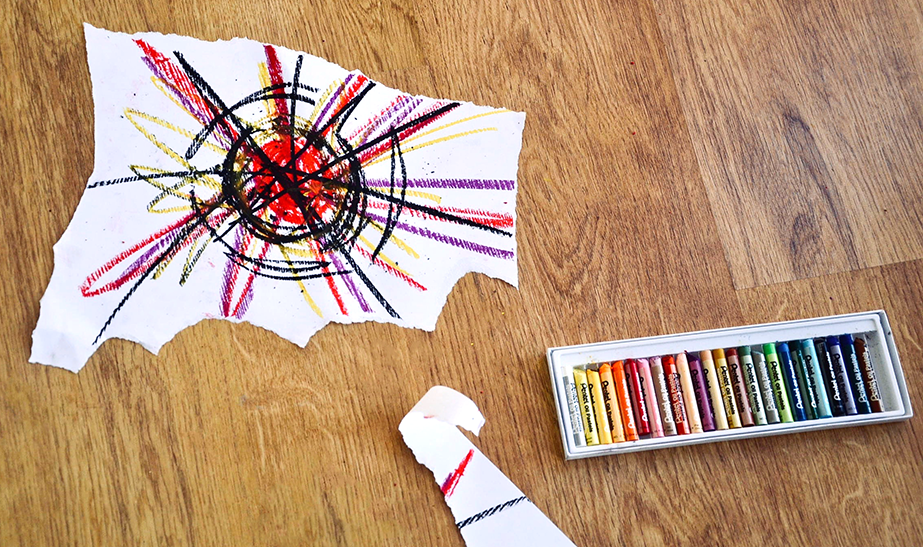
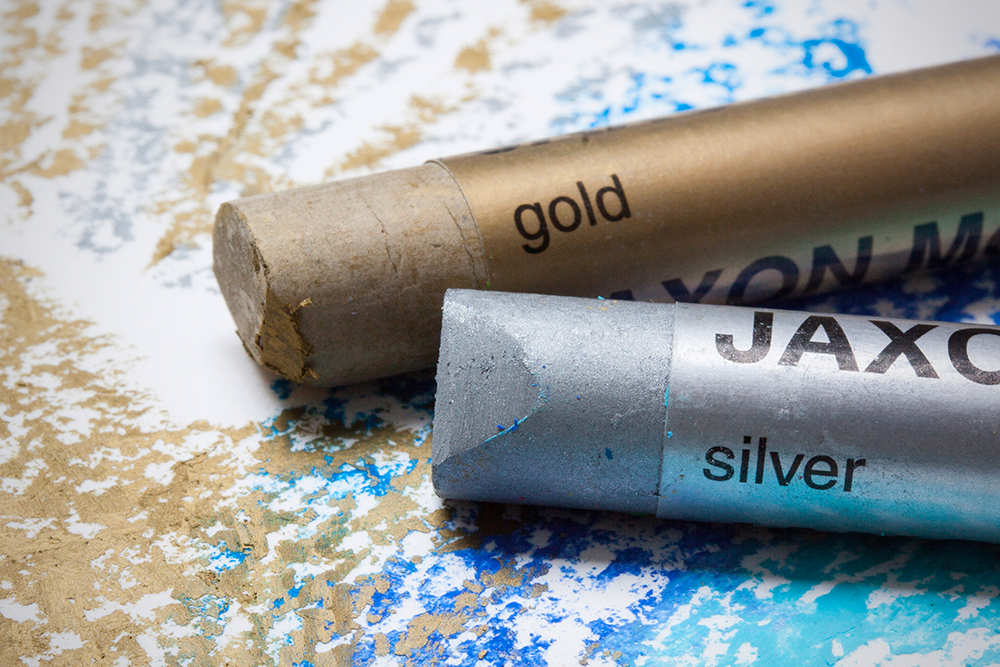
Drawing With Oil Pastels FAQs
When trying out a new medium, people often have questions.
If you're wanting to explore pastels, you'll want to know what paper is the best to use, how to use the drawing tools, and different options you have available.
There are a lot of different types of paper out there, and it can be hard to know which one is right for you.
We've put together this guide to answer some of the most frequently asked questions people have about drawing paper for pastels.
Can I use regular paper with oil pastels?
While you can use regular paper for drawing with oil pastels, there are better options available.
Printer paper may be readily available, but you can find all sorts of toned papers that are higher quality and won't tear as easily.
Instead, look for papers specifically designed for use with oil pastels.
These papers typically have a much higher rating in terms of absorbency, meaning the colors will retain their vibrancy and intensity.
Art paper designed for pastels will hold the pigment better and just work better, overall.
If you want to test out pastels, regular paper would probably be okay, but for a serious art project you'll want a sturdier, high quality paper.
Should you use smooth or textured paper for oil pastels?
It depends on what you're trying to achieve with your artwork.
Both smooth and textured paper can work great with oil pastels.
Smooth paper creates a level surface that allows for precise detail, while textured paper can create a more painterly effect.
If you're just starting out, smooth paper may be easier to work with.
As you become more comfortable with the medium, you can experiment with different textures to see what effects you can create.
What are some of the best papers for oil pastels?
Some of the best papers for oil pastels include Canson Mi-Teintes, Strathmore 400 Series Pastel Paper, and Fabriano Tela.
These papers are all high quality and specifically designed for use with pastels.
They're great for both beginners and experienced artists alike.
No matter what your project is, you're sure to find the perfect paper for it with one of these options.
Experiment with different types of paper to see which you prefer.
Pastel papers vary in how smooth and how textured they are, so you might find you like a lot of texture, a little bit, or none at all.
See what works best for you, and have fun drawing!
How many different paper types should you have for oil pastel drawings?
There's no one answer to this question since it depends on the artists' preference and goals.
You can use a variety of papers, such as pastel paper, marker paper, drawing paper, mixed media paper, canvas paper, and Bristol board.
If you are planning to tackle dry media, like pastels, and wet media, like acrylic paint and oil paints, mixed media paper is your best bet.
Other papers are specifically made for just dry media or wet media.
While you could try using oil paints or watercolors on a dry media or sketch paper, they wouldn't hold up like the thicker paper made for wet media.
Wet media paper, such as watercolor paper, has multiple layers that can absorb and withstand the moisture of media like inks and acrylic paints.
Dry media paper is best suited for media like colored pencil, charcoal, and pastels.
Mixed media is made to be the middle ground between the two types of paper, allowing for you to freely use both media types.
There are also a variety of textures, colors, thicknesses, etc. that you can choose from.
Some artists prefer sanded paper for a smooth surface, while others enjoy the textured look.
Generally speaking, you should have at least 3 different types of papers for pastel drawing: a light paper, a medium paper, and a dark paper.
Each type of paper will produce a different effect when used with oil pastels.
The light paper usually has a smoother surface which is less likely to damage the delicate oil pastel pigments.
This results in colors that appear more true-to-life and vibrant.
The most common light paper is white, although you can also find paper with pastel hues.
If you're going for a more subtle or natural look, the light paper would be ideal.
Medium paper produces somewhat muted colors compared to light paper but still allows for greater vibrancy and detail than dark paper.
This type of paper is good for general use or if you're trying to create a balance between light and dark tones.
And finally, dark paper gives oil pastels a velvety appearance and rich colors.
This type of paper is perfect if you want to add depth and shadows to your drawing.
The most common dark paper would be a black paper pad, but you can also find paper in colors like deep navy.
You can also explore textures and types of paper.
There's no one "right" answer for how many types of paper you should have for oil pastels drawing, but having a variety in your art kit will ensure that you always have the paper you need.
Is there a drawback for using oil pastels in a sketchbook?
There are a few potential drawbacks to using oil pastels in a sketchbook.
The main drawback is that the oil pastels can smudge the other drawings in your sketchbook.
Additionally, the oil pastels can also cause the pages of your sketchbook to become stained and difficult to erase.
Finally, if you're not careful when you're using oil pastels, they can also be quite messy!
Despite these potential drawbacks, oil pastels can be a great addition to your sketchbook if you're careful and mindful of how you use them.
If you're looking for a way to add some color and vibrancy to your sketches, oil pastels may be the perfect medium for you.
Just be sure to be mindful when you use them in a sketchbook, and you'll be sure to create beautiful sketches that you'll love.
You might consider having a sketchbook solely for oil pastels or adding a protective sheet/covering over your oil pastel drawings to prevent smudging.
What paper do artists use for drawing with oil pastels?
There are a few different types of paper that artists may use.
Many artists prefer to use a smooth, white paper made specifically for oil pastels.
Paper surfaces vary; pastels can work on a smooth paper surface or a textured one.
They might use toned pastel paper for their art projects, too, such as light grey, black, or earth tones.
However, other types of paper can also be used depending on the artist's preference and the desired effect.
Some other popular papers for oil pastel include watercolor paper and Bristol board.
Paper quality varies between brands and purpose in the art world; it can range from sketch paper and thin paper to illustration boards, drawing paper, and watercolor paper.
Experimenting with different papers can help an artist find the perfect one for their project!
What's the best paper size for oil pastels?
The best paper size for oil pastels would probably be A3.
A3 paper dimensions are 297x420 mm or 11.7x16.54 inches.
This size gives you plenty of space to work on your masterpiece, and the slightly textured surface is perfect for oil pastels.
Many artists find oil pastels to be a fun medium that creates beautiful works of art.
They are made up of a mixture of pigment and wax, and they can be used to create both realistic and abstract works of art.
If you’re new to oil pastels, try starting out with an A3 paper size; it’s the perfect size for beginners!
Feel free to experiment with other paper sizes, too!
Smaller paper is great for detailed studies, and large paper is great for big projects!
Should I use colored pastel paper?
It depends on what you're using it for.
Oil pastel paper brands offer a wide variety paper colors that many oil pastel artists love.
While oil pastels work on just about any surface, this art supply tend to work best with pastel pads since the paper is specifically made for them.
Colored pastel paper offers a range of colors and hues for oil pastel artists to work with.
This can add an extra level of dimension and interest to their artwork.
Additionally, the color can also be used as a tool to help convey the artist's desired mood or feeling.
For example, yellow may be used to create a feeling of happiness or warmth, while blue may be used for sadness or cool tones.
Black paper will make your pastel drawings pop with color.
There are a few things to consider before buying colored oil pastel paper.
First, think about what type of project you're working on.
If you're working on a detailed drawing, you'll want to choose a lighter color so that the details are easier to see.
If you're working on a project with lots of color, you may want to choose a darker color so that the colors don't get lost.
Second, consider the brand of oil pastel paper you're using.
Some brands are better quality than others, and they may offer a wider range of colors.
Do your research to find the best brand for your needs!
Third, think about the cost.
Colored oil pastel paper can be expensive, especially if you buy a bunch of different kinds, so you'll want to make sure it's something you're really interested in before you invest in it.
How do beginners use oil pastels?
Oil pastels are a fun and easy medium to work with.
Here are some tips for beginners:
1. Start by selecting a few colors that you like.
Experiment with different shades and tones to create different effects.
2. Start by drawing an outline of your subject with a black oil pastel.
Then, fill in the inside with different colors.
3. To blend colors, use a paper towel or blending stump (a tool made specifically for blending).
4. Work on a piece of paper that is larger than your subject so you have room to experiment.
5. Don't be afraid to make mistakes!
Oil pastels can be easily wiped away or corrected if needed.
Have fun and experiment with different techniques to see what you like best.
There is no right or wrong way to use oil pastels, so let your creativity flow!
Play around with oil pastels and experiment to find what works best for you!
Why are my oil pastels not blending well?
The reason oil pastels might not blending is due too much pressure is being applied.
When you use too much pressure, the pigment smears and does not stay on the paper.
To get the oil pastels to blend, use a light touch.
Gently move the pastel back and forth to mix the colors.
You will be surprised at how little pressure is needed to create beautiful blends.
To blend oil pastels, you can use your fingers, a blending stump, or a tortillon (a small, rolled paper cone used for blending).
If you use your fingers, make sure to slightly dampen them first so the pastel won't stick to your skin.
If you're using a blending stump or tortillon, make sure they're clean and free of any debris before you start blending.
To blend the colors together, start by rubbing the two colors together on the surface of the pastel.
You can also twist the two colors together to create a more intense color.
Keep blending until you get the desired effect.
What's the difference between soft and oil pastels?
The difference between soft and oil pastels is that oil pastels are made with a binder, such as linseed oil, and soft pastels are made with a dry binder.
Oil pastels compared to the soft variety are stickier and produce a more solid color.
A soft pastel is smoother to the touch, and they produce a lighter color.
They are often square pastels that come as half sticks.
Both dry mediums have their uses, and different pastel artists prefer oil pastels over soft pastels or vice versa.
Pastels also come in the form of pastel pencils or chalk pastels.
You can find a bunch of the different pastel types at your local art store.
Amongst the different brands, you can find student grade pastels, artist grade pastels, and premium pastels.
Explore the different set types and pastel techniques to learn more about the medium.
Experiment with both to learn you preferences!
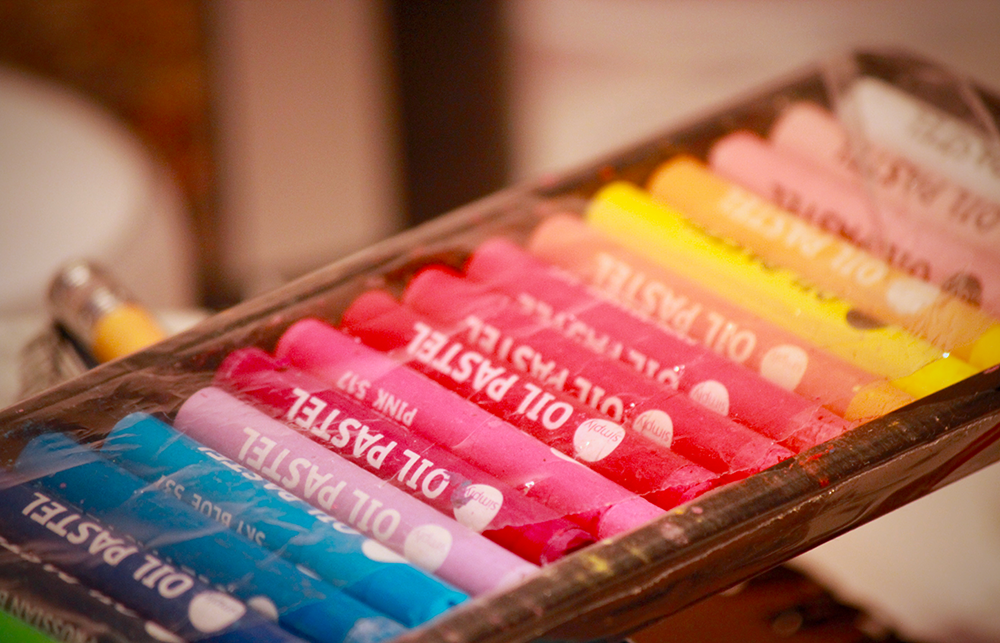
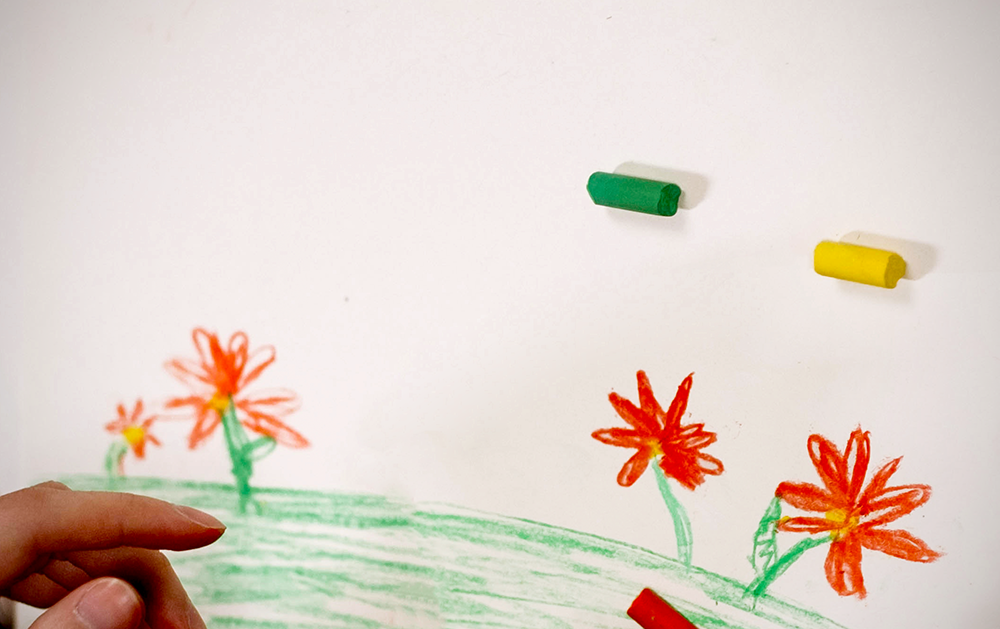
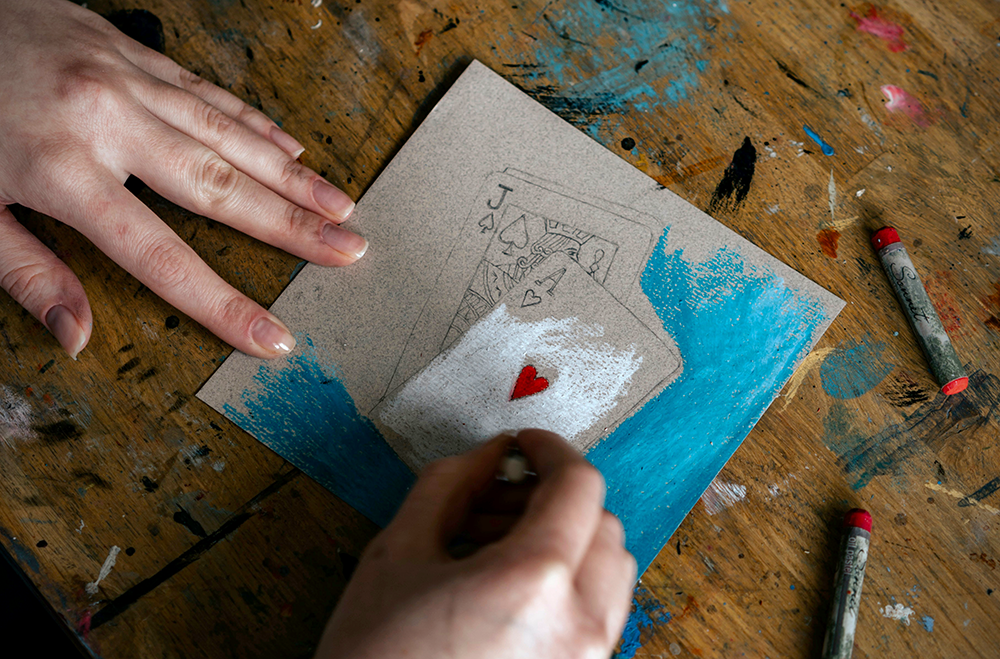
The Best Oil Pastel Paper for You
Oil pastels are a great way to begin your art journey.
They're relatively inexpensive, come in a variety of colors, and provide a decent amount of control over the value, lightness and darkness, of your colors.
So, what is the best paper for oil pastels?
After hours of research reading thousands of Amazon customer reviews, we’ve found the top pastel papers for all types of creators.
Whether you're just starting out, an experienced artist, or somewhere in-between, there is a perfect pastel paper for your needs!
We hope this article has given you the necessary information, so you can leave happy with your purchase and create some new art!
Whichever pastel paper you choose, we hope you have fun exploring the world of pastel drawing!
Don't forget to tap the button to check Amazon for the prices of the best pastel papers, and be sure to check out our other articles on the best art tools to add to your art kit!
Thanks so much for reading and have a blast drawing with oil pastels!
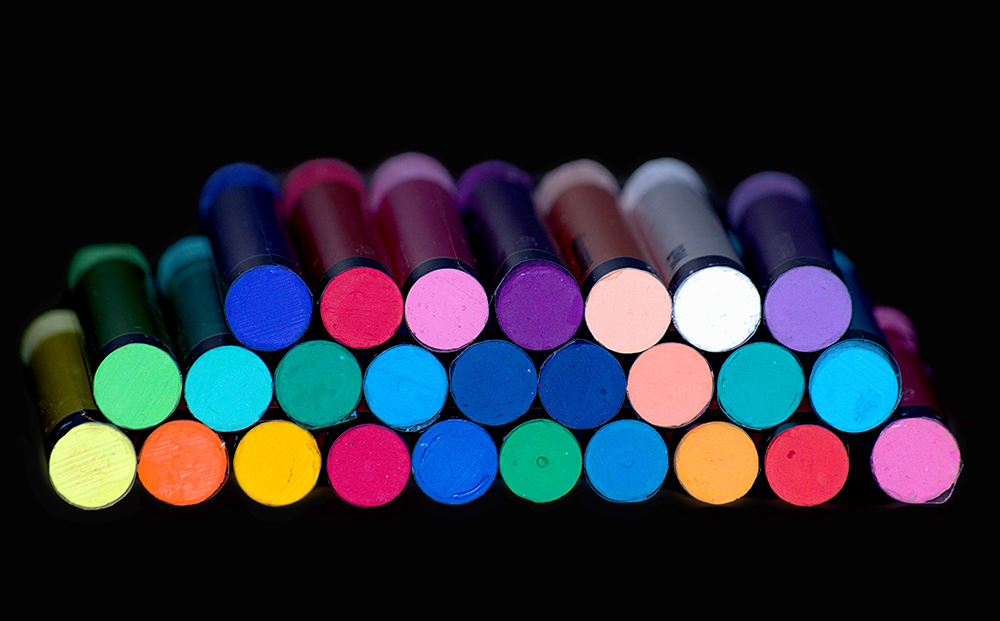
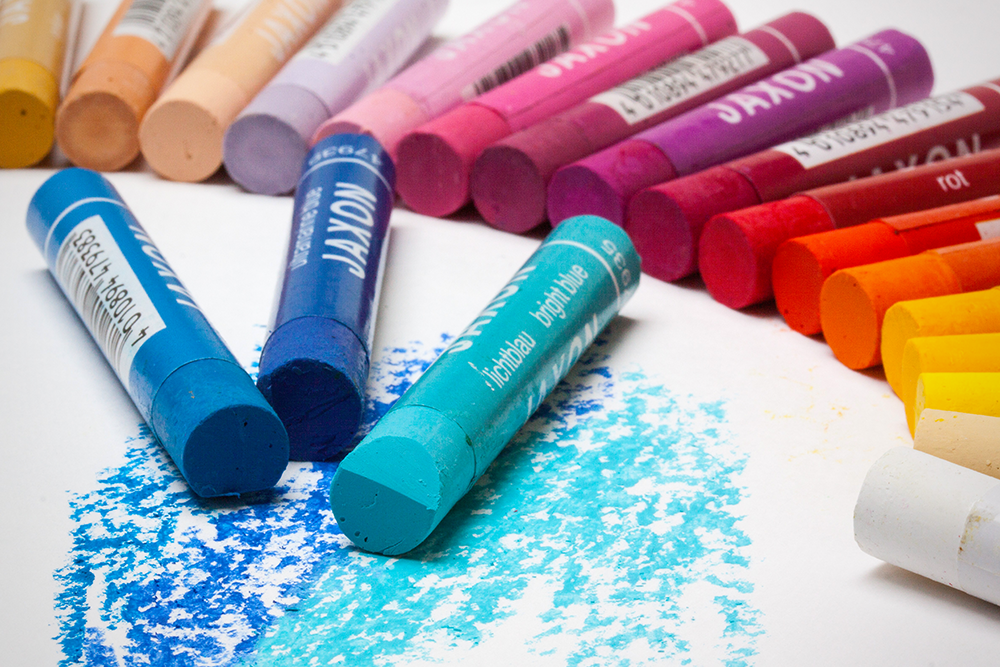
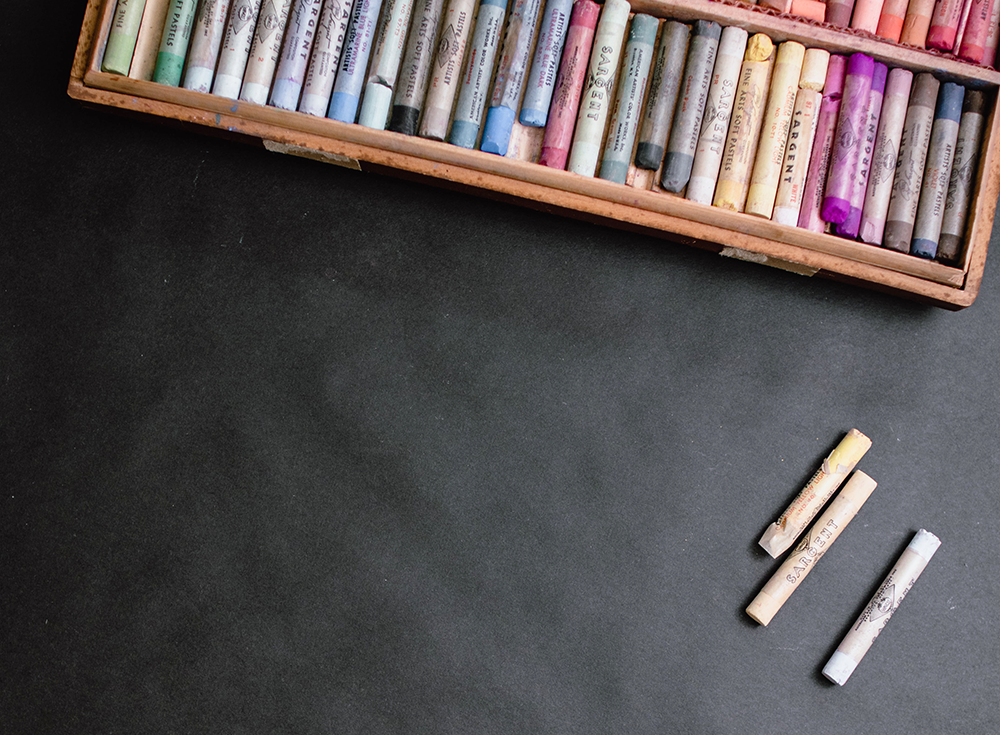
Want to learn more even more? Check out Sayanti Fine Arts's guide!
If you'd like to see artwork I've made, you can find some at Redbubble, TeePublic, and TeeSpring.
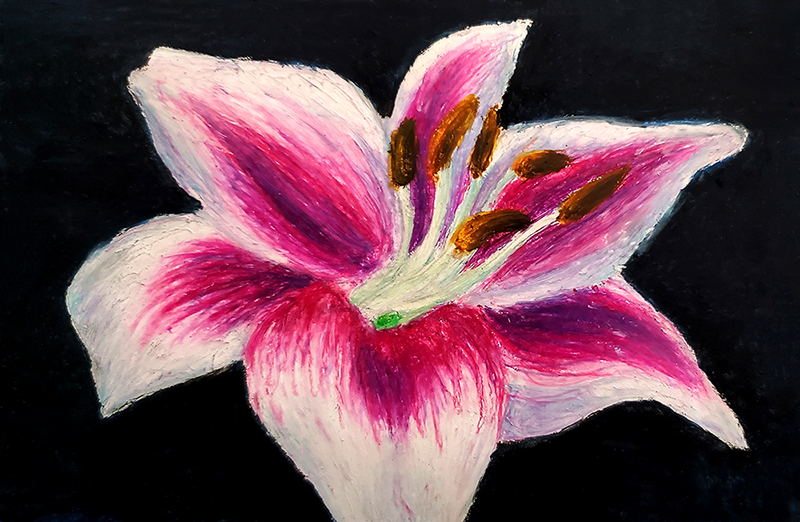
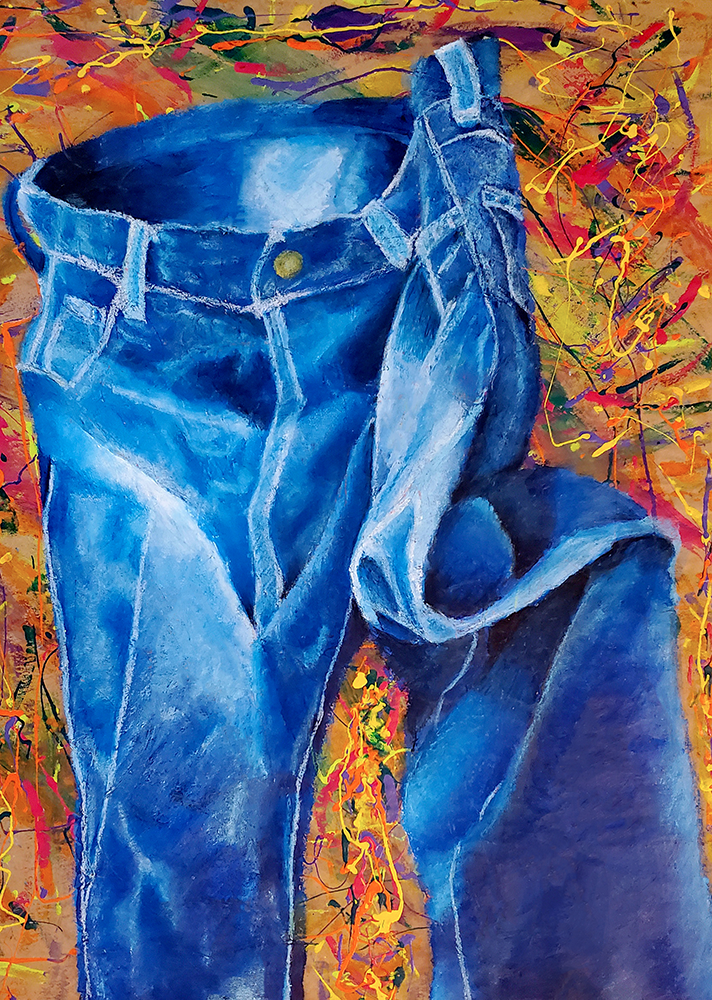
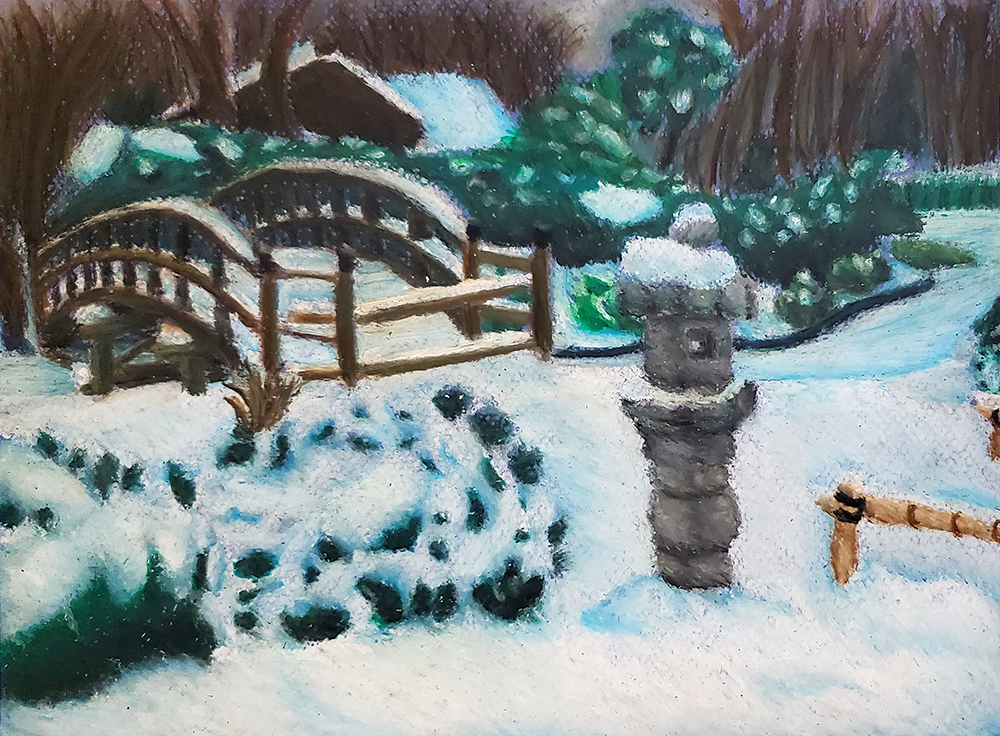
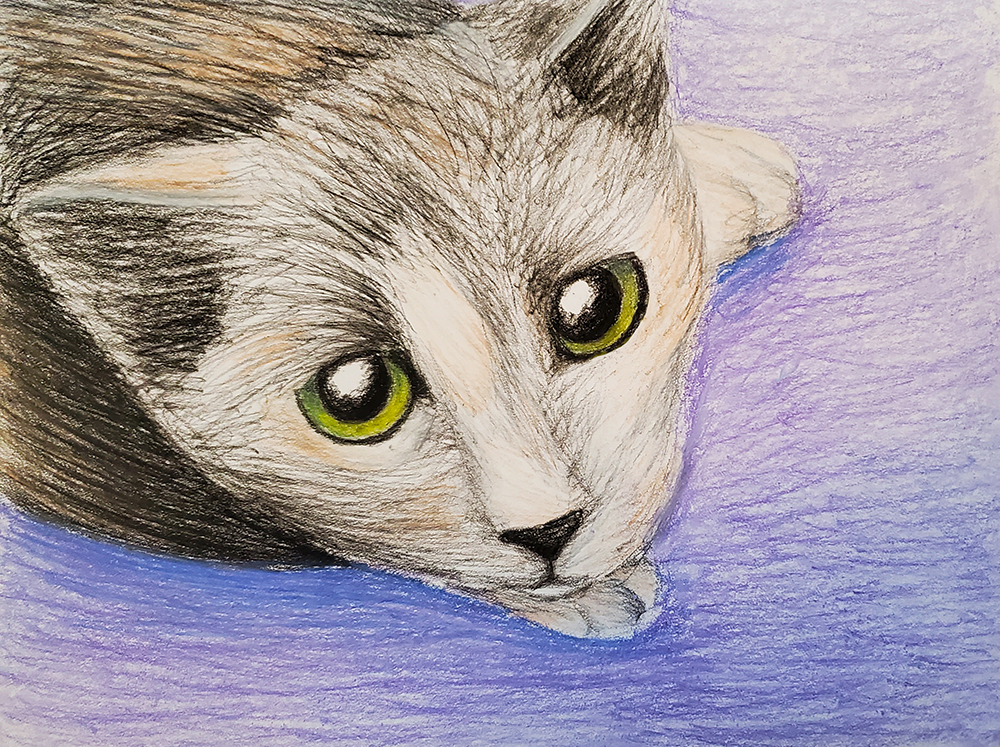
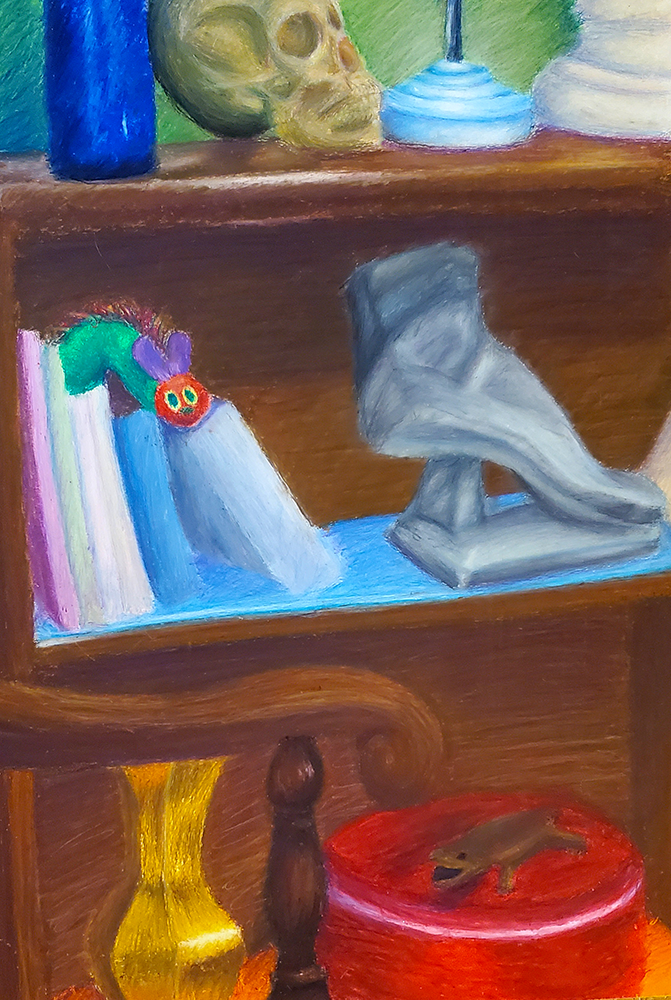
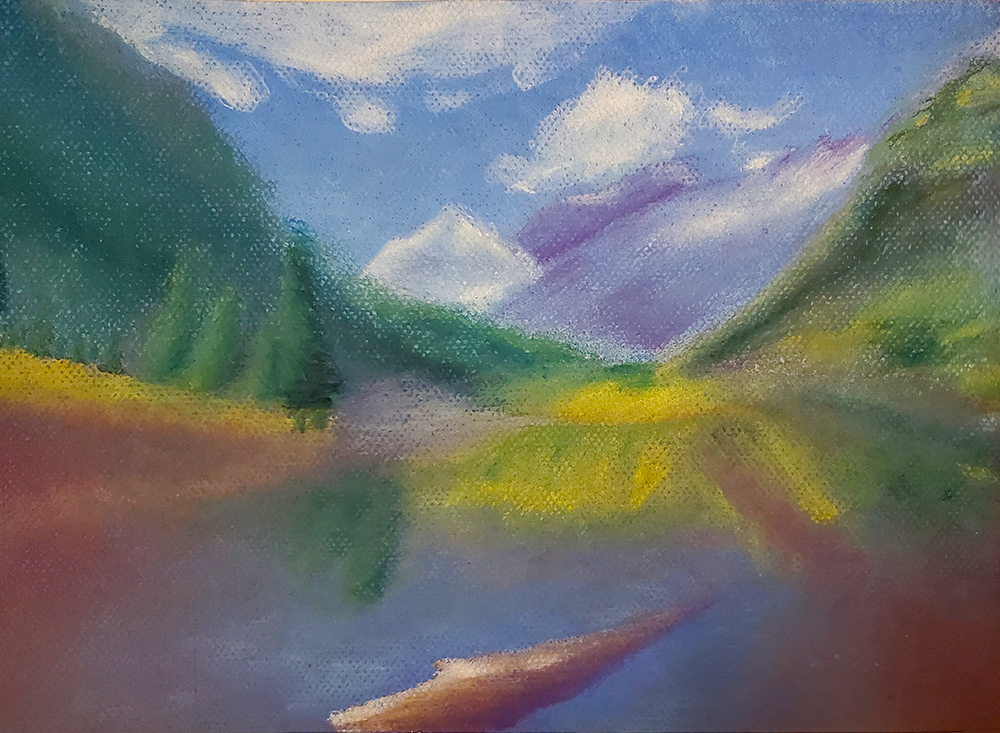
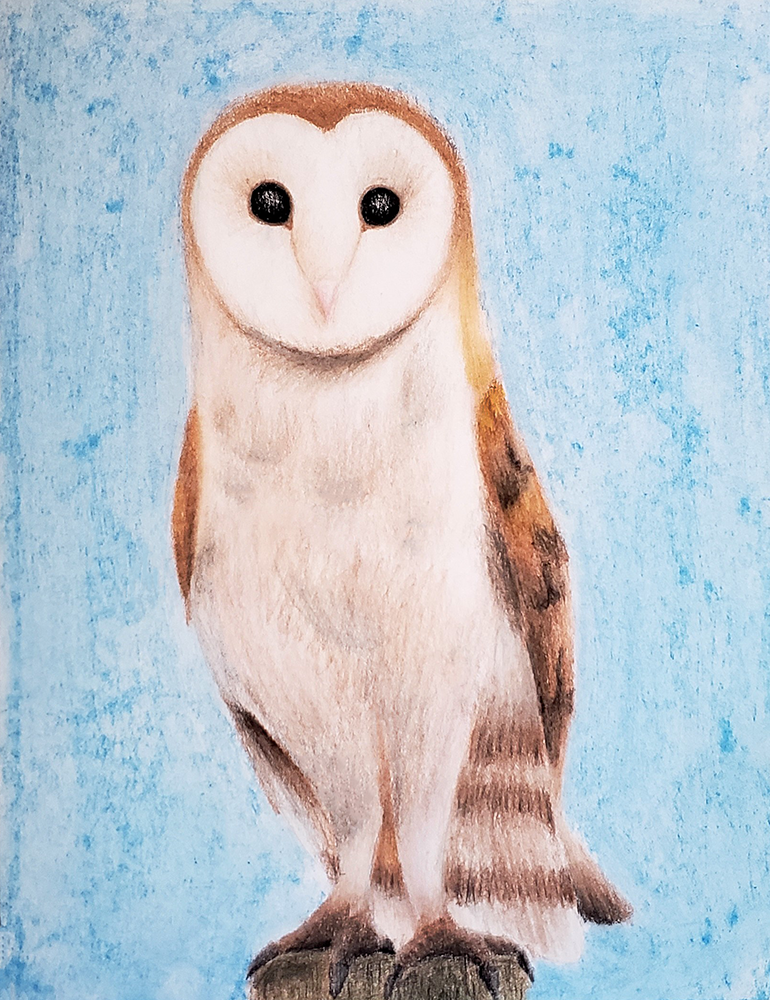
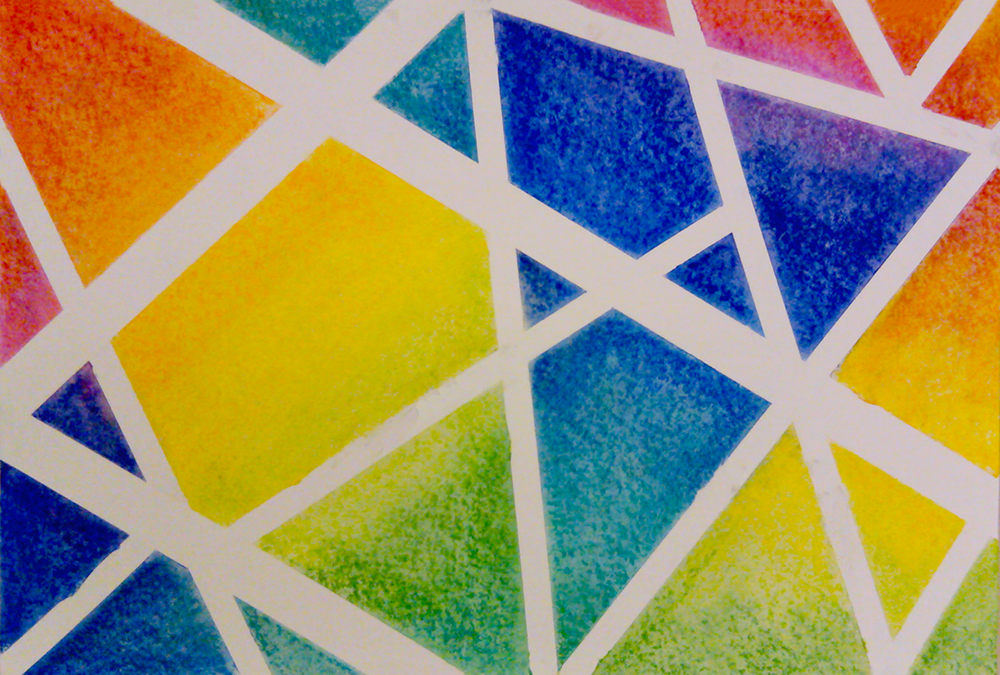
And if you'd like to listen while drawing, like me, you can get a 30-day free trial of Amazon Prime Music or Two Free Audiobooks from Audible Plus!
I love listening to a great book and inspiring music while immersing myself in the creative process!
Plus, if you want to take advantage of 2-day shipping, get a free 30-day trial of Amazon Prime, or if you want to take advantage of down time, get a free 30-day trial of Prime Video!

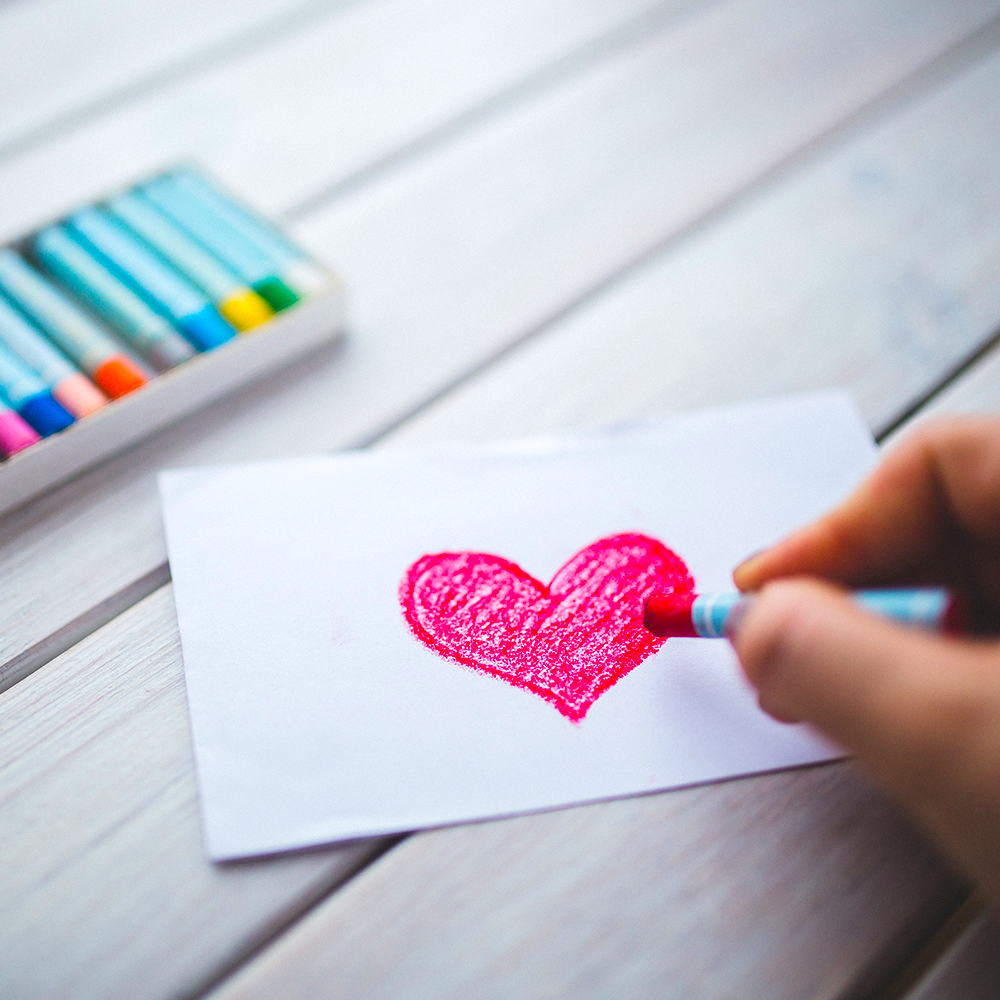
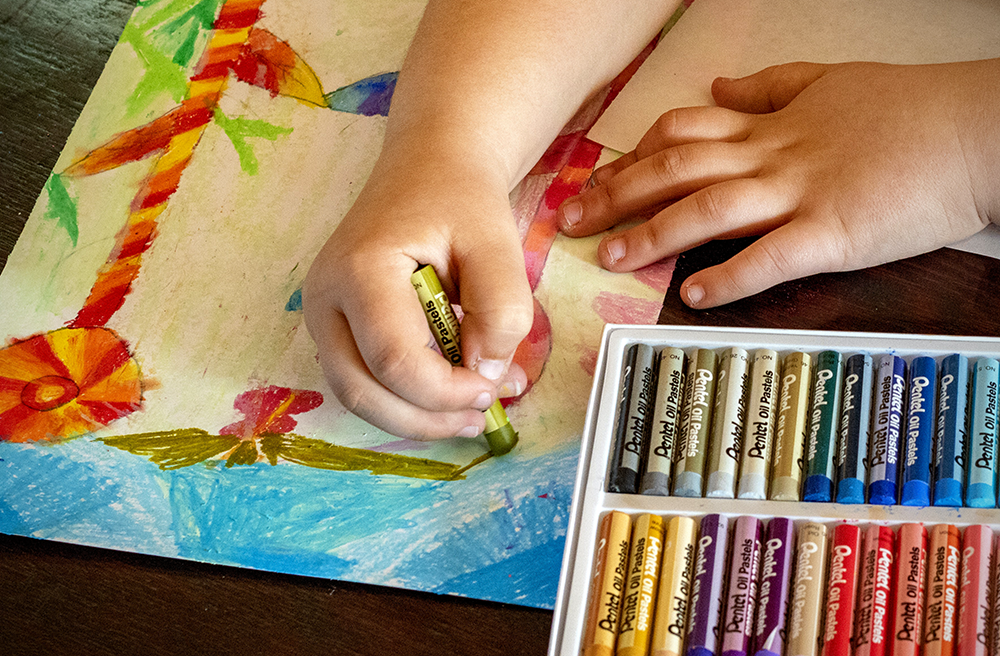
If you want some art supplies that will work with these papers, check out these pastel supply articles:

